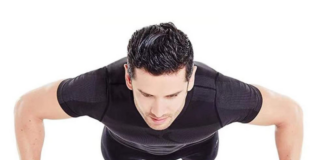Exercise Daily – Do you ever catch yourself slouching at your desk or hunching over your phone? You’re not alone! Poor posture is common and can lead to discomfort and even chronic pain. Fortunately, yoga can help improve your posture and balance, making you feel more confident and comfortable in your body. Let’s explore how yoga can enhance your posture, discuss key poses for posture improvement, and provide tips for consistent practice. Let’s dive into the world of yoga and discover how it can transform your posture and overall well-being.
Yoga, an ancient practice originating from India, has gained immense popularity among athletes worldwide. Integrating yoga into an athlete’s training regimen offers numerous benefits, including improved posture and balance. These enhancements not only boost athletic performance but also contribute to overall well-being.
Understanding Posture and Balance
Posture refers to the body’s alignment in various positions, such as standing, sitting, and lying down. Good posture ensures that the muscles and joints work efficiently, reducing the risk of strain and injury.
Balance involves maintaining the body’s center of gravity over its support base. It is crucial for athletes as it affects their ability to perform complex movements with precision and control.
What is Good Posture?
Good posture involves aligning your body in a way that puts the least strain on your muscles and ligaments. When you maintain proper posture, you support the natural curves of your spine, keep your shoulders back, and ensure your pelvis is neutral. This alignment helps prevent back and neck pain and promotes overall well-being.
Causes of Bad Posture
Bad posture can result from various factors, including prolonged sitting, poor ergonomic setups, lack of physical activity, and stress. Over time, habits like slouching and hunching can lead to muscle imbalances, causing discomfort and reducing your body’s efficiency.

Benefits of Yoga for Posture and Balance
Yoga is a powerful tool for enhancing posture and balance. It strengthens your core, increases body awareness, and promotes flexibility. Regular yoga practice can help correct posture issues and prevent them from reoccurring. By engaging in yoga poses, you can build the strength and stability needed for better posture.
Enhanced Performance
Improved posture and balance improve biomechanical efficiency, allowing athletes to perform movements with greater power and precision.
Injury Prevention
Proper posture reduces unnecessary strain on muscles and joints, while good balance minimizes the risk of falls and missteps, significantly lowering the likelihood of injuries.
Faster Recovery
Yoga promotes relaxation and reduces muscle tension, aiding faster recovery from training sessions and competitions.
Increased Body Awareness
Athletes become more attuned to their bodies, enabling them to detect and correct postural deviations and imbalances early on.
Mental Resilience
The mindfulness and focus developed through yoga contribute to mental resilience, helping athletes stay calm and composed under pressure.
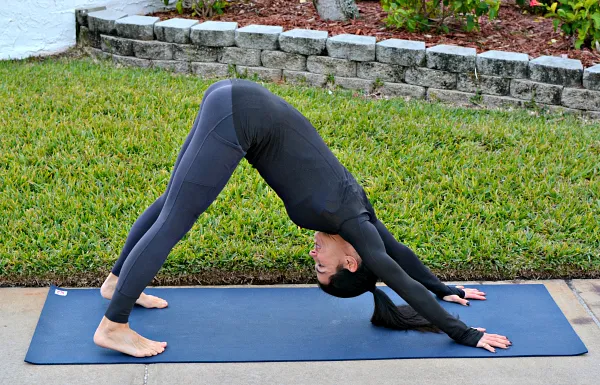
Key Yoga Poses to Improve Posture
Mountain Pose (Tadasana)
The mountain Pose is the foundation for all standing poses. It helps you find your center and improves your posture by encouraging a strong, aligned stance. Stand with your feet together, engage your thighs, lift your chest, and relax your shoulders. Hold this pose for a few breaths, focusing on maintaining a straight line from your head to your heels.
Cat-Cow Pose (Marjaryasana-Bitilasana)
Cat-Cow Pose is excellent for warming up the spine and increasing flexibility. Start on your hands and knees, with your wrists directly under your shoulders and your knees under your hips. Inhale as you arch your back, lifting your head and tailbone (Cow Pose). Exhale as you round your spine, tucking your chin and pelvis (Cat Pose). Repeat this flow several times to improve spinal mobility.
Downward-Facing Dog (Adho Mukha Svanasana)
This classic pose stretches and strengthens the entire body. Lift your hips up and back from a plank position, forming an inverted V shape. Keep your hands shoulder-width apart and your feet hip-width apart. Press into your hands and lengthen your spine. Downward-Facing Dog helps relieve back pain and improve posture by elongating the spine and opening the shoulders.
Plank Pose (Phalakasana)
Plank Pose is fantastic for building core strength. Start in a push-up position with your hands directly under your shoulders and your body in a straight line from head to heels. Engage your core and hold this position for as long as possible while maintaining proper form. Plank Pose strengthens your core muscles, which are crucial for good posture.
Warrior I Pose (Virabhadrasana I)
Warrior I Pose strengthens the legs, opens the hips, and stretches the chest and shoulders. Start standing, step one foot back, and bend your front knee to a 90-degree angle. Raise your arms overhead, keeping your shoulders relaxed. Warrior I helps improve posture by lengthening the spine and opening the front body.
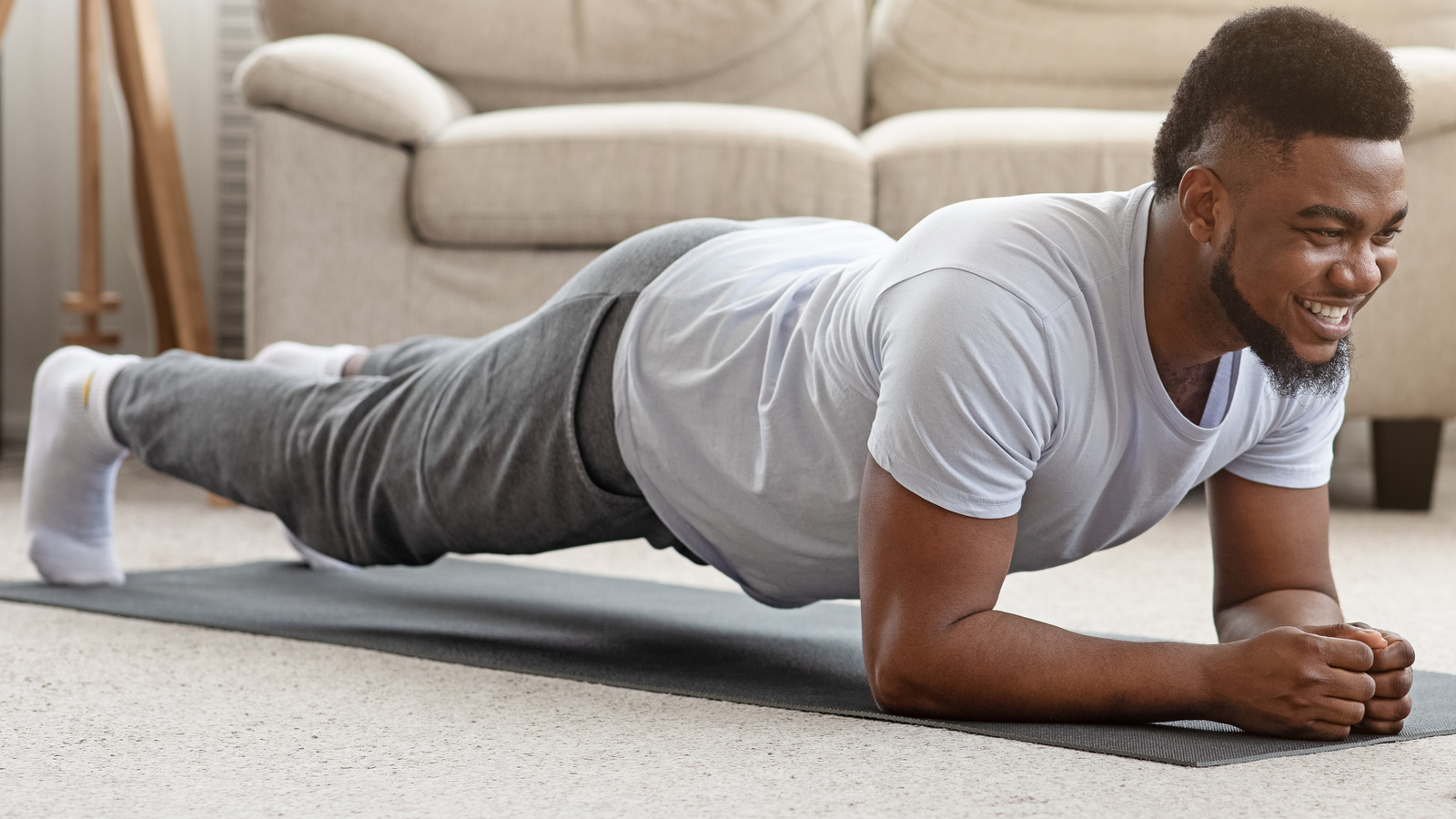
Advanced Yoga Poses for Posture Improvement
Extended Triangle Pose (Utthita Trikonasana)
Extended Triangle Pose stretches and strengthens the legs, hips, and spine. It improves balance and stability while promoting proper alignment. Stand with your feet wide apart, extend your arms parallel to the floor, and reach forward while bending at the hip. Place your hand on your shin or the floor and extend the other arm toward the ceiling.
Cobra Pose (Bhujangasana)
Cobra Pose strengthens the spine and opens the chest and shoulders. Lie face down with your palms under your shoulders. Inhale as you lift your chest off the ground, keeping your elbows close to your body. This pose improves spinal flexibility and counteracts the effects of slouching.
Bridge Pose (Setu Bandhasana)
Bridge Pose strengthens the back, glutes, and hamstrings. It also opens the chest and shoulders. Lie on your back with your knees bent and feet hip-width apart. Press into your feet and lift your hips toward the ceiling, interlacing your fingers under your back. Hold this pose to build strength and improve posture.
Boat Pose (Navasana)
Boat Pose engages the core and improves balance. Sit on the floor with your knees bent and feet flat. Lean back slightly and lift your feet off the ground, balancing on your sit bones. Extend your arms parallel to the floor and hold this position, focusing on maintaining a strong core.
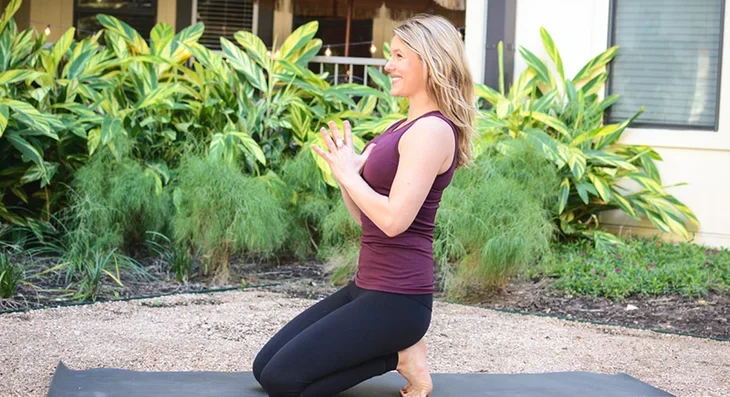
How Yoga Improves Posture
Strengthening Core Muscles
Yoga poses such as Plank, Boat Pose, and Warrior series engage and strengthen the core muscles. A strong core is essential for maintaining a stable and aligned posture, reducing the risk of injuries during athletic activities.
Enhancing Flexibility
Yoga improves flexibility in muscles and joints through poses like Downward Dog, Forward Bend, and Pigeon Pose. Increased flexibility allows for a greater range of motion, helping athletes maintain proper posture during dynamic movements.
Correcting Muscular Imbalances
Many athletes develop muscular imbalances due to repetitive motions in their sports. Yoga poses like the Triangle Pose and Half Moon Pose stretch and strengthen opposing muscle groups, promoting symmetry and alignment in the body.
Awareness and Mindfulness
Yoga encourages mindfulness and body awareness. Poses like Mountain Pose and Tree Pose require to focus on alignment and breath, helping athletes become more conscious of their posture and make necessary adjustments in real-time.
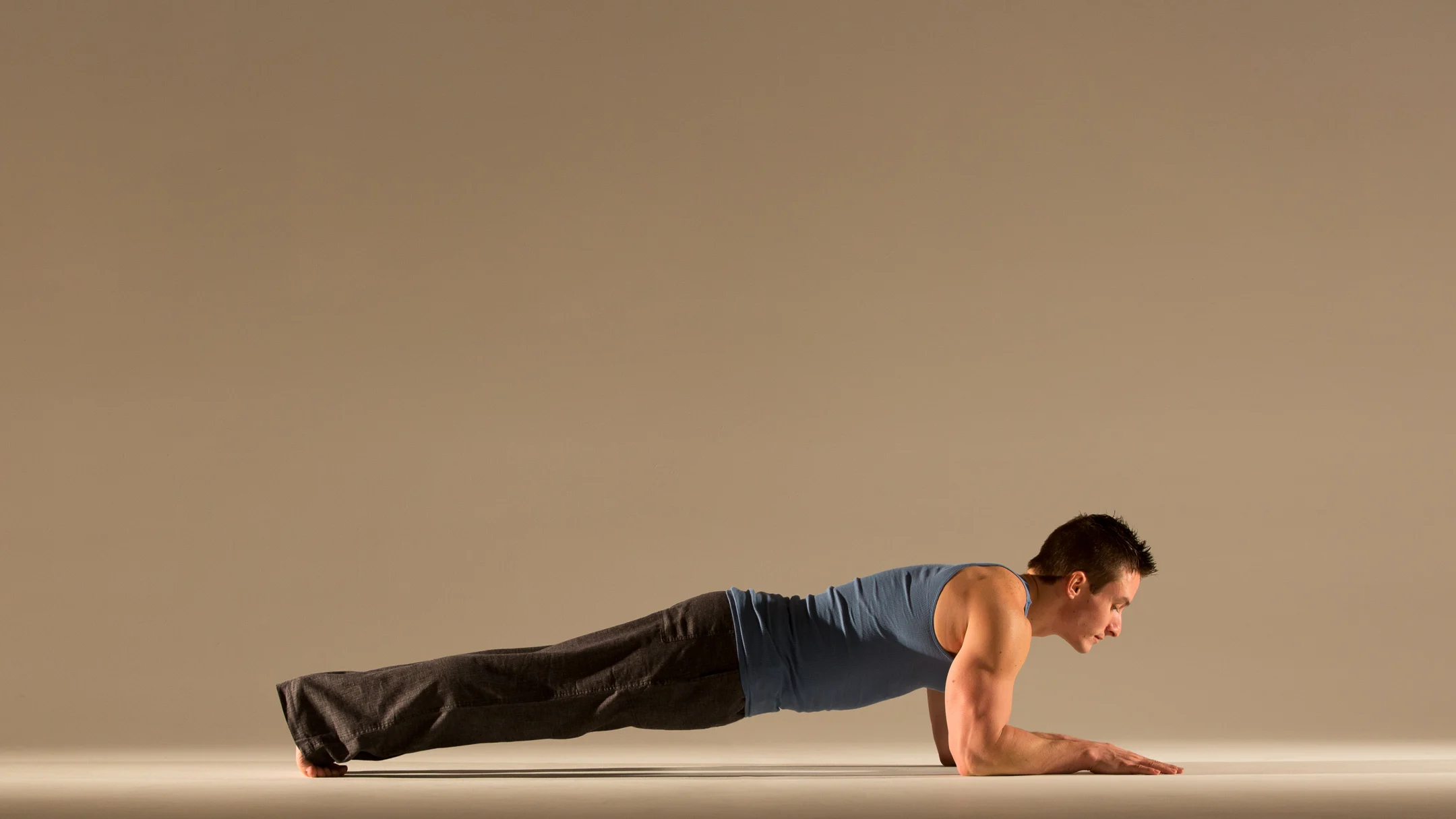
How Yoga Enhances Balance
Developing Proprioception
Proprioception is the body’s ability to sense its position in space. Yoga poses such as Tree Pose, Eagle Pose, and Dancer Pose challenge balance and improve proprioception, which is essential for athletic performance.
Strengthening Stabilizer Muscles
Balance poses in yoga activate stabilizer muscles around the joints. Strengthening these muscles helps athletes maintain stability during dynamic movements and reduces the risk of falls and injuries.
Improving Coordination
Yoga sequences that involve transitioning between poses enhance coordination. This improved coordination translates to better control and efficiency in sports-specific movements.
Mental Focus and Concentration
Balance poses require intense concentration and focus. Practicing these poses enhances mental clarity and concentration, which are crucial for maintaining balance during high-pressure athletic situations.
Impact of Posture on Health
The Link Between Posture and Health
Posture affects more than just your appearance; it has a significant impact on your overall health. Poor posture can lead to various health issues, including back and neck pain, headaches, and reduced lung capacity. Maintaining good posture helps prevent these problems and promotes better circulation and digestion.
Psychological Benefits of Good Posture
Good posture not only enhances physical health but also has psychological benefits. Standing tall with your shoulders back can boost your confidence and improve your mood. People with good posture are often perceived as more confident and assertive.
How Yoga Enhances Body Awareness and Core Strength
Importance of Core Strength
A strong core is essential for good posture. It supports your spine and helps you maintain balance. Yoga poses that engage the core, such as Plank Pose and Boat Pose, build the strength to hold proper posture throughout the day.
Developing Body Awareness Through Yoga
Yoga encourages mindfulness and body awareness. Focusing on your breath and alignment makes you more attuned to how your body moves and feels. This heightened awareness helps you recognize and correct poor posture habits, promoting long-term improvements.
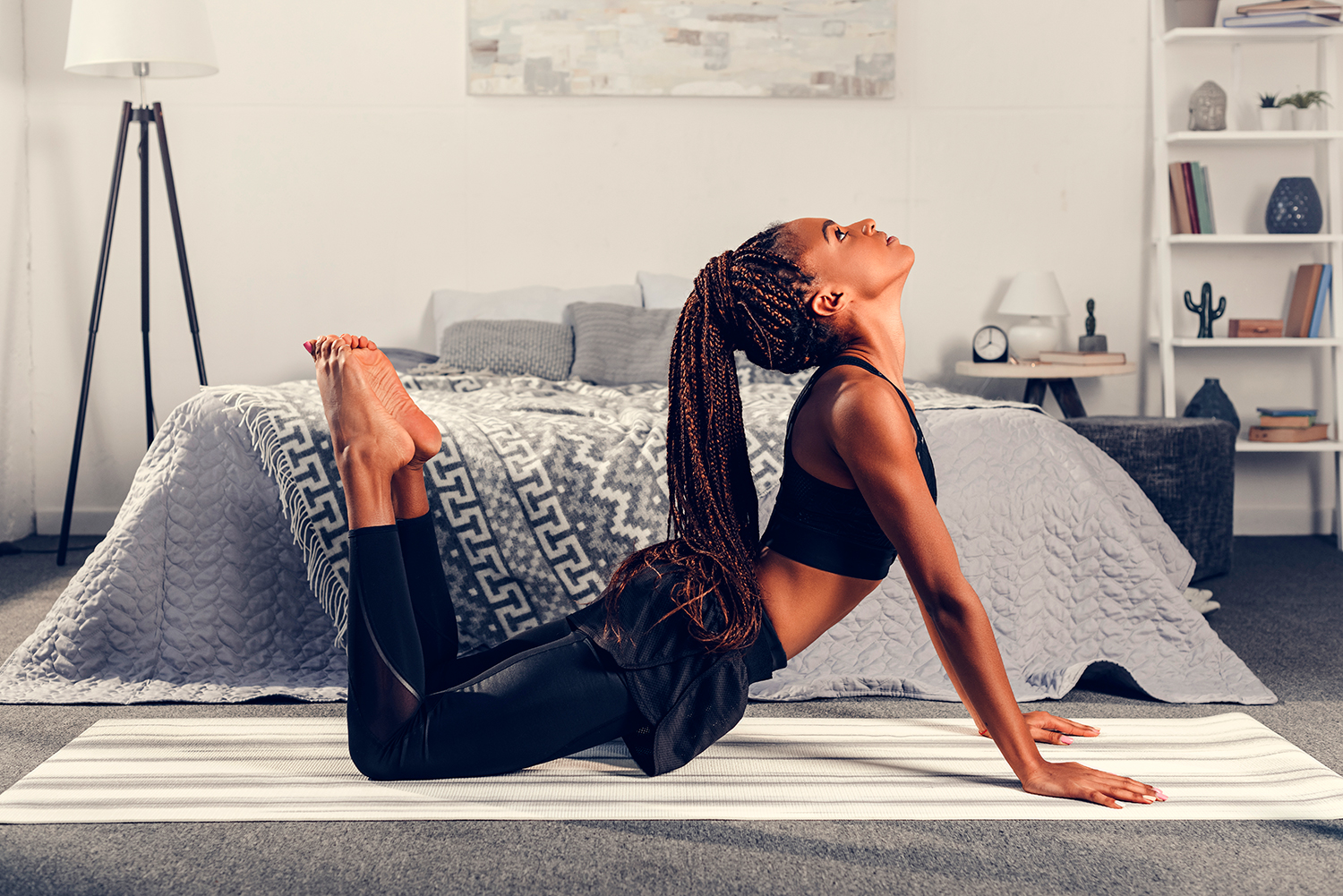
Tips for Practicing Yoga to Improve Posture
Consistency is Key
Regular practice is crucial for seeing results. Aim to practice yoga at least three times a week to build strength and flexibility. Consistency will help reinforce good posture habits and prevent you from falling back into old patterns.
Focus on Alignment
Proper alignment is vital in yoga to prevent injury and maximize benefits. Pay attention to your body’s positioning in each pose and adjust as needed. Using a mirror or seeking guidance from a yoga instructor can be helpful.
Use Props if Needed
Props like yoga blocks and straps can assist in achieving correct alignment, especially if you’re new to yoga or have limited flexibility. Don’t hesitate to use props to support your practice and improve your posture.
Common Mistakes to Avoid
Overarching the Back
While avoiding slouching is essential, overarching your back can also be detrimental. Ensure that your spine maintains its natural curves without excessive arching. Engage your core to support your lower back and keep your posture balanced.
Ignoring Pain Signals
Pain is your body’s way of signaling that something is wrong. Stop and reassess your alignment if you experience pain during a yoga pose. Pushing through pain can lead to injury and hinder your progress. Always listen to your body and make modifications as needed.

Conclusion
Improving your posture and balance through yoga is a journey that requires patience and dedication. By incorporating the right yoga poses into your routine and focusing on alignment and consistency, you can enhance your posture and enjoy the many benefits of a balanced, aligned body. Remember, it’s never too late to start; even small changes can change significantly over time.
FAQs – Yoga for Improving Posture and Balance
How often should I practice yoga to see improvements in my posture?
Aim to practice yoga at least three times a week to build strength and flexibility. Consistency is key to seeing long-term improvements.
Can yoga help with back pain caused by poor posture?
Yes, yoga can help alleviate back pain by strengthening the core muscles and improving spinal alignment. Poses like Downward-Facing Dog and Cat-Cow are particularly beneficial.
Do I need any special equipment to practice yoga for posture improvement?
While you don’t need special equipment, props like yoga blocks and straps can assist with alignment and make poses more accessible.
How long does it take to see results from practicing yoga for posture?
Results vary depending on individual factors, but with consistent practice, you may start noticing improvements in a few weeks.
Can I practice yoga for posture improvement if I’m a beginner?
Absolutely! Yoga is suitable for all levels. Start with beginner-friendly poses and gradually progress as you build strength and confidence.




